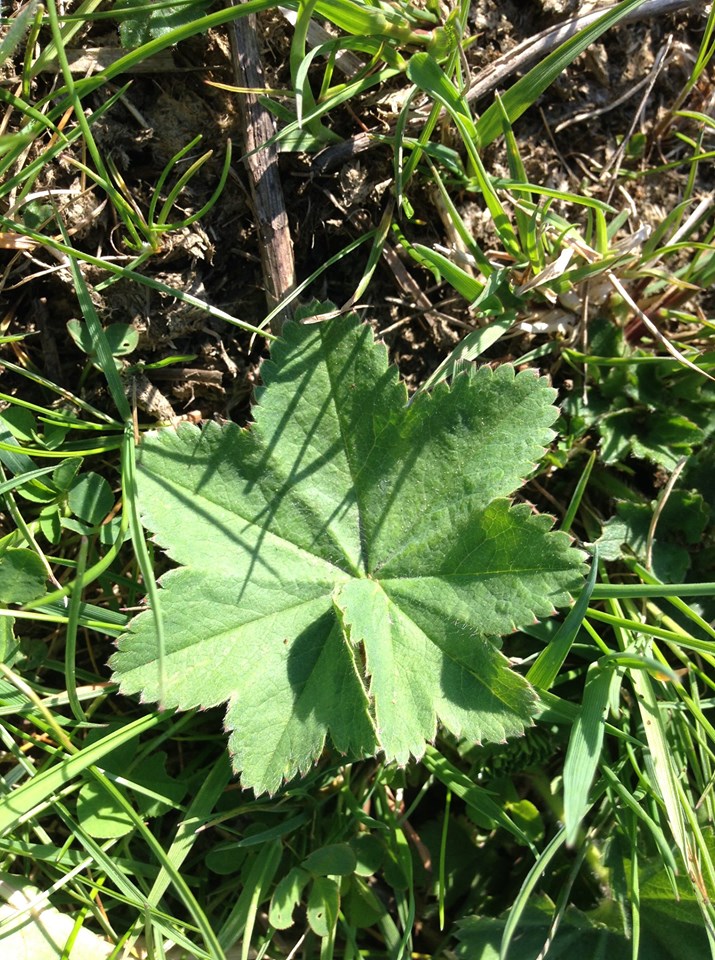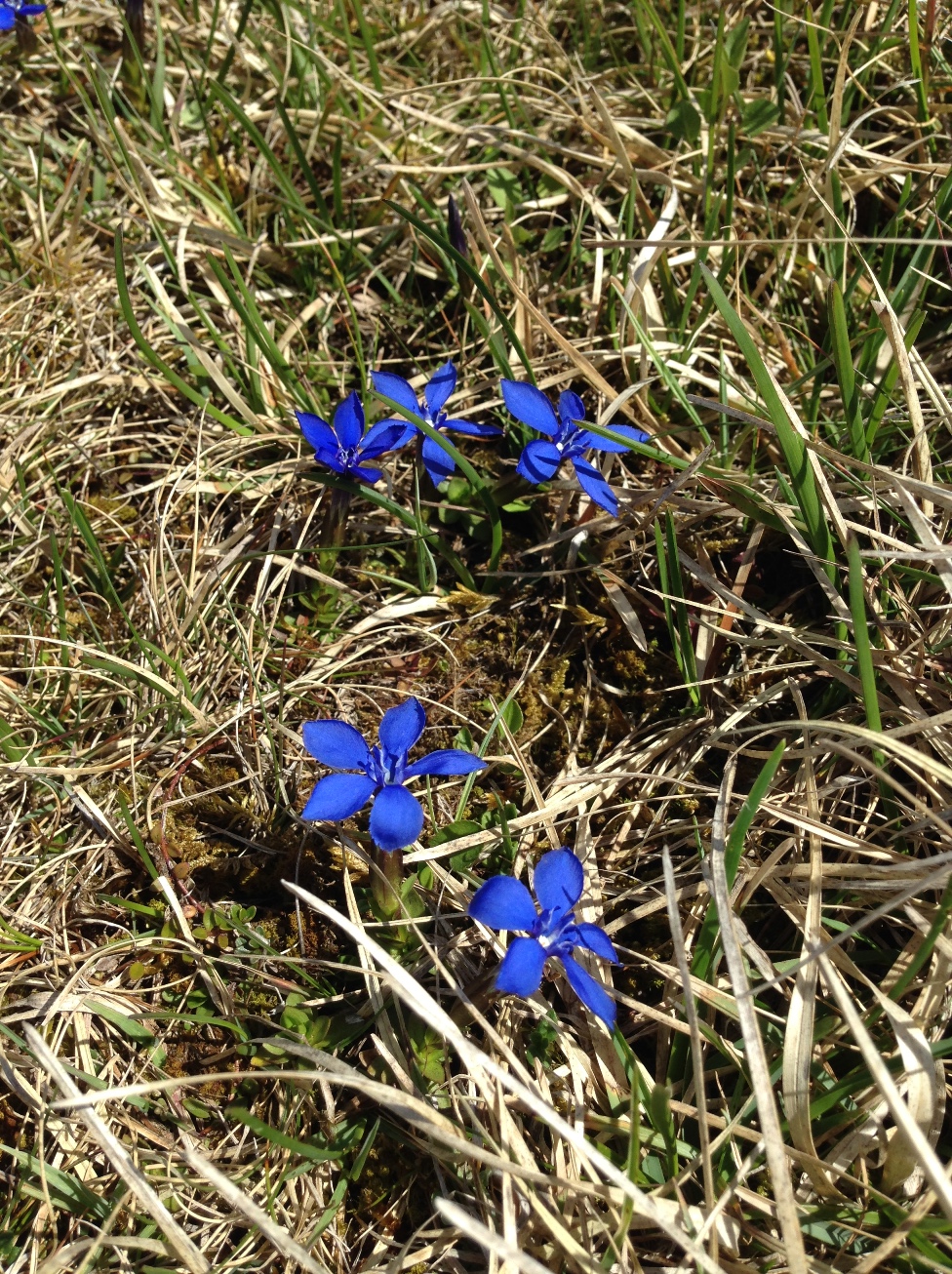We had a very nice group and great weather for our BSBI meeting on 11th and 12th May. The first group of plants we looked at were Lady’s-mantles, in the road verge by Langdon Beck Hotel. Two of the rare species, Alchemilla acutiloba and Alchemilla monticola were growing there. Both are very rare nationally. Alchemilla monticola is quite widespread in Teesdale. Alchemilla acutiloba is much more localised in Teesdale, but is common in Weardale, which is the next valley to the north.

Margaret has been the national expert in this group of plants for many years, so it was great to have her show us the key differences between the different species. In the 1950s, she found Alchemilla subcrenata new to Britain in Teesdale. Apart from very localised populations in Weardale and Allendale, the main population is confined to a few fields and road verges in a small part of Teesdale around Newbiggin and Holwick.

On the second day of our meeting, Laura noticed a young Lady’s-mantle that looked a bit different and initially we thought there was a good chance that it was Alchemilla subcrenata. Good features for this species are the (few) large teeth on the leaf margins and the upturned basal leaf lobes. This would have been the best find of the weekend, as the place where we found it was about five miles from the main population further down the valley. Margaret reserved final judgement until the plant grew a bit bigger. When we went back to check three weeks later, all of the plants in that area were looking much more like typical Alchemilla monticola. A tricky group!

On our field meeting, most of the rare plants that flower early were showing well, including spring gentians and bird’s-eye primrose.

We were lucky that there were plants of both Teesdale violet and it’s hybrid with common dog-violet in flower, so that we could compare them closely. The flowers of these violets do not tend to last long. I suspect that the sheep find them tasty. Fortunately (for botanical recorders!) the leaves of Teesdale violet are quite distinctive looking. The basal lobes do not curl fowards like in most other violet species, giving the leaf a more ‘shovel-like’ appearance. The leaves of the hybrid are much closer in shape to common dog-violet leaves.

The photos are lovely.
LikeLike